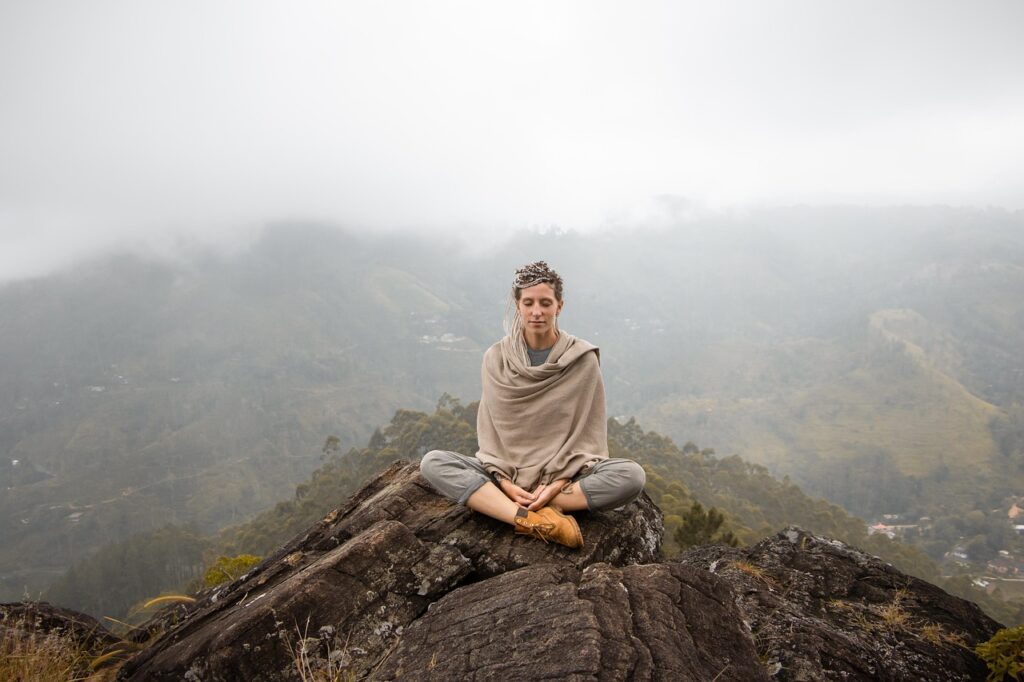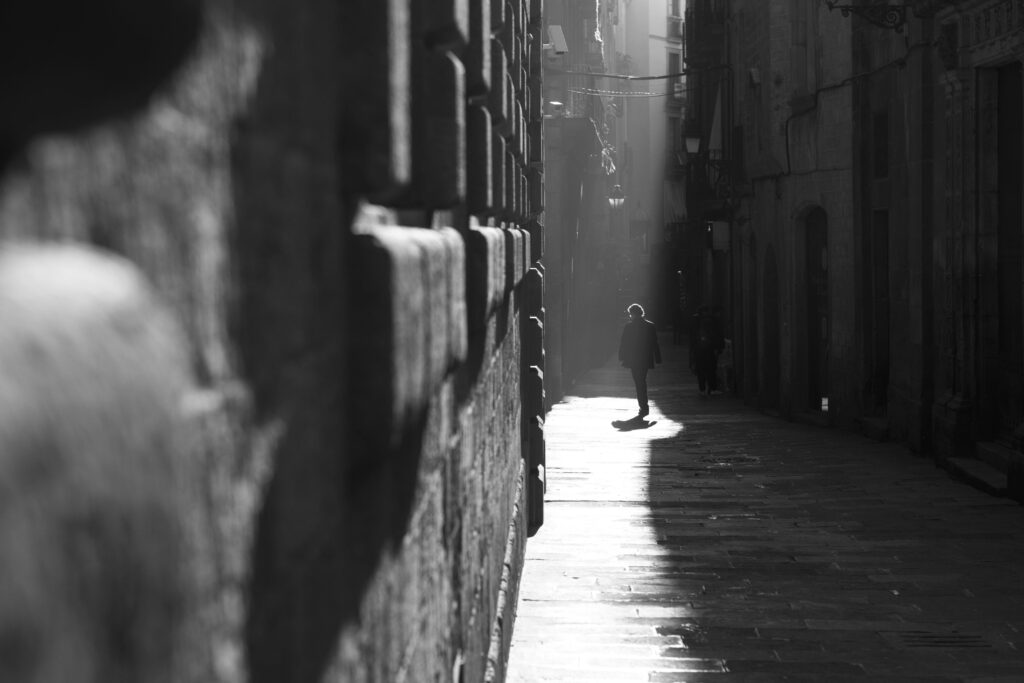In the age of fast-paced everything, travel is taking a deep breath. Enter the era of “slow expeditions”—a growing movement where travelers are ditching the rush of traditional tourism in favor of meaningful, immersive experiences. Instead of cramming five cities into a week-long itinerary, more adventurers are choosing to stay longer, live like locals, and dive deep into the cultures, communities, and rhythms of the places they visit.
From digital nomads setting up shop in mountain villages to families spending months in foreign towns, slow travel isn’t just a trend—it’s a mindset shift. And it’s redefining how we explore the world.
What Are Slow Expeditions?
Slow expeditions are the opposite of whirlwind vacations. They’re about trading checklists for connection, photo ops for real conversations, and must-see landmarks for authentic moments.
Key elements include:
- Extended stays (weeks or even months) in one location or region
- Cultural immersion, including learning the language, customs, and daily life
- Minimal transit, focusing on quality time over quantity of destinations
- Community engagement, such as volunteering, staying with local families, or working on local projects
It’s not about going slowly for the sake of it—it’s about being present, intentional, and respectful while exploring.
Why the Shift Toward Slow Travel?
1. Post-Pandemic Perspective
After years of lockdowns and travel restrictions, many travelers emerged with a new sense of purpose. Time felt more precious. Travel wasn’t something to rush through anymore—it became a chance to truly experience life elsewhere.
2. Sustainable and Ethical Considerations
Quick trips with multiple flights, over-tourism in hotspots, and cookie-cutter tourist traps have all come under fire for their environmental and cultural impacts. Slow expeditions align with sustainable travel practices by reducing carbon footprints and supporting local economies in more meaningful ways.
3. The Digital Nomad Lifestyle
Remote work has opened the door for longer stays and slower movement. Why spend three days in Lisbon when you can work from there for three months, take weekend excursions, and learn Portuguese along the way?
Living Like a Local: The Heart of the Slow Expedition
The magic of slow travel lies in becoming part of a place, not just passing through. That might mean:
- Shopping at local markets instead of tourist malls
- Taking cooking classes from local chefs
- Joining community events or religious festivals
- Renting a room or house in a local neighborhood instead of a resort
When you live among locals, you start to see the world through their eyes—a far more enriching experience than what guidebooks can offer.
Examples of Popular Slow Expedition Destinations
While slow travel can happen anywhere, some destinations naturally support immersive exploration:
- Chiang Mai, Thailand – A haven for digital nomads and long-term travelers with a rich culture and affordable living
- Tuscany, Italy – Ideal for slow food lovers and rural immersion
- Oaxaca, Mexico – A cultural hotspot for language learners, foodies, and artisans
- Georgia (the country) – Welcoming locals, mountain villages, and generous visa stays
The key is finding places where the pace is naturally slower, and the locals are open to sharing their way of life.
How to Plan a Slow Expedition
You don’t need to quit your job or sell all your belongings to travel this way. Here’s how to get started:
- Pick a place and stay longer. Aim for at least 2–4 weeks if you can.
- Learn a few phrases in the local language. It goes a long way in connecting with people.
- Choose accommodations that support immersion. Look for homestays, family-run guesthouses, or local rentals.
- Limit your itinerary. Instead of hopping between places, choose one or two locations and explore them deeply.
- Be open. Let go of rigid plans and embrace spontaneity—like accepting an invitation to a local wedding or cooking class.
Final Thoughts: Why Slow Expeditions Matter
In a world obsessed with speed and efficiency, slow expeditions offer a refreshing alternative—one where depth replaces distance and connection beats convenience. Whether you’re watching the sunrise with a host family in the Andes or learning to bake bread in a Moroccan village, these moments leave a mark far deeper than a souvenir ever could.
Slow travel doesn’t just change the way we see the world—it changes how the world sees us. It fosters empathy, sustainability, and a sense of global citizenship. And in 2025 and beyond, that may be the most meaningful journey of all.



